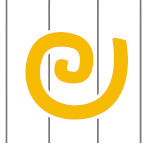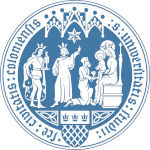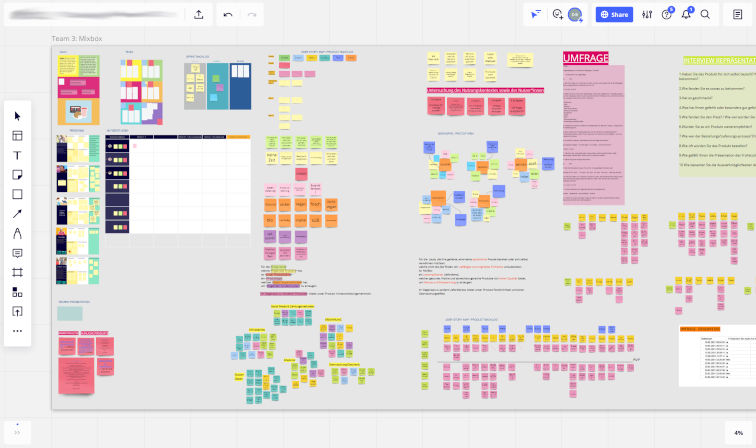I propose strategies and actions to improve your products and processes. My recommendations are data-driven and based on more than 15 years of experience.
I share my experiences in books and articles. I have written on subjects like human-centered design, product development, universal and intuitive interaction, and cognition.
In my latest book
I present a complete human-centered design process (ISO 9241:210) that had two goals: to design universal, intuitive, and permanent pictograms and to develop a process for designing pictograms.
In the book, first, I analyze characteristics of visual representations, grounded in semiotics.
Then, I develop requirements for pictogram contents, relying on embodied cognition, and I derive content candidates in empirical studies on four continents.
In the book, I suggest that visual perception is universal, intuitive, and permanent. Consequently, I derive guidelines for content design from perception.
Then, pictogram prototypes are produced in a research through design process, using the guidelines and content candidates.
Evaluation studies suggest that the prototypes are more suitable than established pictograms and they should be considered universal, intuitive, and permanent.
Finally, I propose a technical design process.

I am lecturer for user experience design & research at Brandenburg University of Technology. I frequently facilitate workshops and seminars at various institutions—excellently evaluated by participants. Also, I offer insights on theories and approaches in lectures and talks.
Aesthetics and representation, European University St. Petersburg
Describing modes of interaction and media, Linnæus University Växjö
Embodied cognition: primary metaphors as a source for design, Central Institute Hermann von Helmholtz-Zentrum für Kulturtechnik Berlin
Inclusive design: topics and approaches, Carl Thiem Hospital Cottbus gGmbH
Multimodality and multimedia, Brandenburg University of Technology
Scientific guidelines for icon design, Mensch und Computer 2020
Understanding multimodal discourse, Institute for the German Language Mannheim
Universal and intuitive interfaces, Brandenburg University of Technology
Visual perception and sensory physiology, Brandenburg University of Technology
Analytical media design and critical media practice, Brandenburg University of Technology
Analyzing and producing multimedia, Brandenburg University of Technology
Basic embodied experience as a basis for universal and intuitive design, Mensch und Computer 2021
Circulating images, Instituto Europeo di Design Madrid
Design experiments in art, everyday life, and science, Ruhr University Bochum
Design research: theory and practice, Brandenburg University of Technology
Presentation through visual representation, Braunschweig University of Fine Arts
Technology and photography, Philipps University Marburg
User experience design & research, Brandenburg University of Technology














according to the situation and problem.
For example, starting projects, I sometimes conduct expert inspections, heuristic evaluations, and competitive analyses. These are methods for identifying usability problems in comparison to the competition. While expert inspections are mainly based on professional expertise, heuristic evaluations are based on interaction principles.
Not least, I give interviews in which I use these methods to assess the usability of products and services.
Here are more approaches:
Information architecture refers to the structure of content and information provided by websites or other services. Appropriate information architecture increases usability. I apply methods, like content audit and card sorting, for creating that architecture. While content audits often rely on analytical thinking, card sorting is a collaborative exercise to organize and label content.

Design systems include descriptions and collections of components and elements used to create coherent user experiences across platforms. Design guidelines are rules and recommendations for achieving specific results. While corporate designs are often based on individual experience, I have created systems and guidelines that are grounded in scientific research, thus, achieving superior results.

Story mapping is a method first described by Jeff Patton (2014). Its goal is to create shared understanding of products and services. Story mapping helps to understand the user’s interaction with products, while maintaining focus on the product vision. I also use story maps with my teams to prioritize and to slice out releases backlogs.

As an author and university teacher, I have been writing and editing texts for many years. My goals it to write in a simple, precise, and understandable way. This is also the goal of UX writing. Today, I use my acquired linguistic skills to increase the quality of websites and services as well as user satisfaction.
